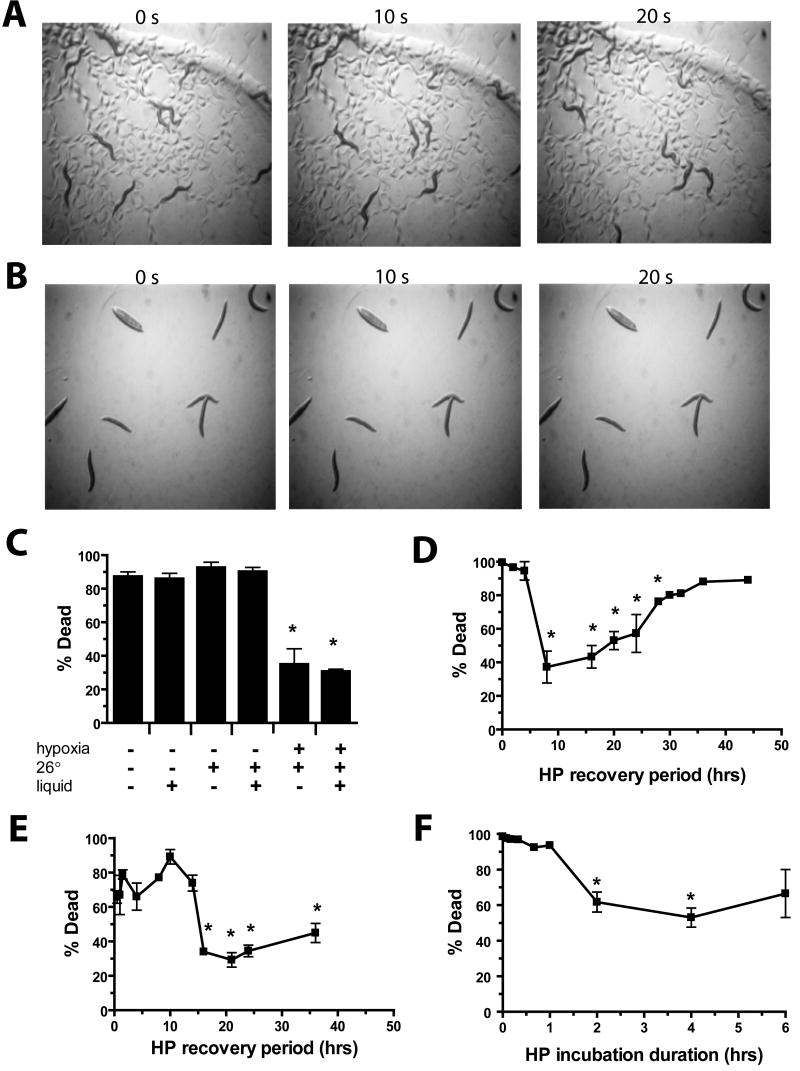Figure 1. Hypoxic preconditioning protects C. elegans from lethal hypoxic insults.
(A–B) Time lapse images of (A) hypoxia preconditioned versus (B) nonpreconditioned adult worms following a 20 hr recovery from a 20 hr hypoxic incubation (pO2 < 0.3%). Note well-moving preconditioned animals and immobile non-preconditioned animals without tracks in the bacterial lawn.
(C) Preconditioning requires hypoxia, not just higher temperature or buffer. Preconditioning for 4 hrs followed by 20 hr recovery were varied by normoxic or hypoxic, 20° or 26°, in liquid or on agar incubations as noted. Bars represent mean +/- sem of three trials (> 50 animals/trial). * p < 0.01 versus normoxic, 20°, agar condition (two-tailed t-test).
(D–E) Onset and duration of protection by hypoxic preconditioning from hypoxic (D), or azide (E) killing. Following a 4 hr HP incubation, animals were allowed to recover for varying times in room air at 20° on agar prior to a 20 hr hypoxic or 1 hr 0.5M azide killing incubation. * p < 0.01 versus zero HP recovery time (two-tailed t-test).
(F) Length of hypoxic incubation time required to produce HP. The length of the hypoxic preconditioning at 26° in buffer was varied and was followed 20 hrs later by a 20 hr hypoxic killing incubation. * p < 0.01 versus no HP incubation (two-tailed t-test).

